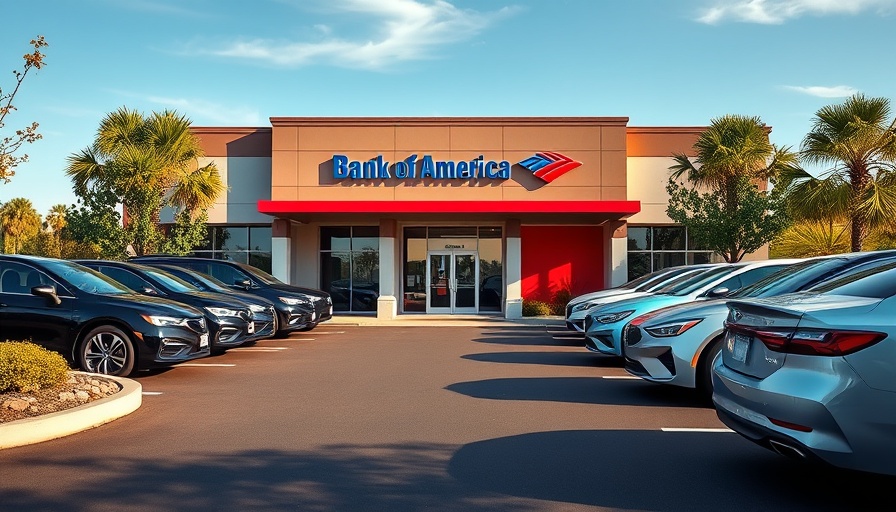
Bank of America’s ‘Car Wars’ Report: An Insight into the Automotive Future
The automotive industry is facing a storm. Bank of America’s annual "Car Wars" report presents a bleak outlook for the future, indicating that the road ahead will be paved with challenges for automakers. Projections for electric vehicle (EV) market share remain grim, as consumer adoption fails to meet expectations. Echoing similar sentiments, forecasters predict that upcoming years will not only see reduced EV adoption but a significant decline in new vehicle launches.
The Struggles of Electric Vehicles: Understanding Consumer Reluctance
Despite the sustained investment in EV technology, customer uptake has slowed to a crawl. Currently accounting for only 8% of U.S. auto sales, interest in electric vehicles is hindered by several factors: limited charging infrastructure, elevated initial investment costs, and persistent range anxiety. This sluggish pace of growth has industry analysts concerned, leading to expectations that automakers will launch only 71 new EV models over the next four years, a stark drop from the original 140 planned. This retrenchment underlines the complexities of fulfilling both consumer needs and regulatory expectations.
Implications for Automakers: The Looming Financial Crisis
For industry giants such as General Motors and Ford, the ramifications of this slowing trend are profound. Analysts suggest that companies may face multi-billion-dollar write-downs on their EV ventures as the anticipated benefits from these investments falter. With the Biden administration's push for greener policies stymied under changing economic conditions, these manufacturers must recalibrate their fiscal strategies swiftly. As John Murphy, an analyst at Bank of America, notes, "The money has been spent. You can’t get it back." This reality check on investments could spark broader financial woes in the industry.
The Diminishing Number of New Vehicle Launches: A Historical Perspective
This year, the automotive market experienced its lowest number of model launches in decades. With only 29 new models hitting the market, the decline is stark. This dip reflects broader trends within the industry, including rising production costs and the shrinking pool of consumer interest in new cars. Traditionally, model launches have been pivotal for establishing market presence and renewing consumer interest, making this downturn particularly concerning for dealership principals and general managers.
What This Means for Dealerships: Navigating the Uncertainty
For dealership principals, the findings of the "Car Wars" report signal the need for a strategic pivot. A diminishing number of new car launches may force dealerships to rely more heavily on secondary markets, such as used vehicles. Understanding current used car financing rates becomes imperative for staying competitive. For instance, financing options tailored to second-hand cars could attract buyers seeking cost-efficient alternatives, especially in an environment where many consumers are hesitant to invest in new vehicles.
Consumer Insights: Adapting to Market Trends
Understanding the shifting landscape is crucial for dealerships that want to capitalize on the moment. As consumers adopt a wait-and-see approach regarding electric vehicle purchases, leveraging tools such as a used car loan calculator or refinancing options could become increasingly valuable in attracting buyers. Furthermore, offering insights into the best used car financing rates and how to refinance auto loans can create an avenue for dealerships to engage with customers.
Final Thoughts: A Call to Action for Dealerships
In conclusion, the Bank of America "Car Wars" report serves as a wake-up call for the automotive industry, highlighting the need for agility and adaptation amid uncertainty. Dealerships must innovate and evolve their strategies to navigate the road ahead. Emphasizing competitive used car financing options and being transparent about the implications of market trends will be essential as dealerships look to thrive despite the challenges outlined in the report.
To better serve your clientele during these turbulent times, engage with the insights of the report and consider refining your approach to used car financing. From ensuring you’re familiar with the latest used car loan rates to understanding how to best assist customers in their financing journey—these steps will position your dealership as a trusted resource in an ever-changing market.
 Add Row
Add Row  Add
Add 




Write A Comment